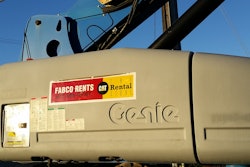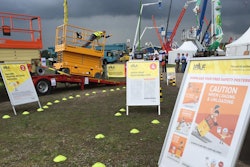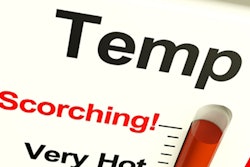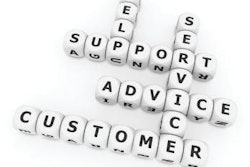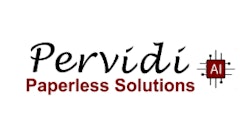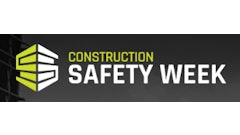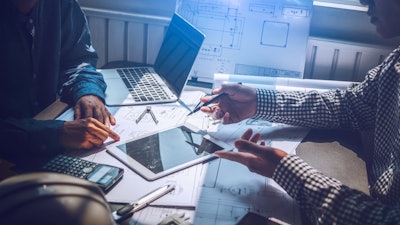
Last month, we covered steps to take internal audits to clean up your balance sheet so that it reflects reasonable values for assets, liabilities and especially the equity in the business. Part of the process we suggested related to the timing of this review so that you have a handle on your finances somewhere near your year end and not six months later.
This month, we will move past the “soft” internal review to an audit of your hard assets — buildings, vehicles, construction equipment and other fixed assets associated with maintaining the “hard” assets. Considering what you have invested and the impact these assets have on your financial status, a review of these assets from a financial standpoint is a must every year.
Start with the Balance Sheet
First, let’s consider your balance sheet. In this case, your hard assets reflect part of your investment in the company but also collateral value, which may or may not be recognized by lenders. Remember that hard assets are on the balance sheet as a fixed asset, which is reduced to a present book value via depreciation charges. If the appraised value of that equipment is greater than the book value, you have an unrecorded value not being disclosed on your balance sheet, or in your equity.
I always point out the appraised orderly liquidation value in excess of book value to my bankers so they know my equity position is understated. As far as the balance sheet is concerned, hard asset balances show asset investments made by the company; add leverage when financed that could impede future borrowing; and could understate the asset values if aggressively depreciated.
On the income statement, a construction company depreciates or expenses the hard assets as they use them and if aggressively depreciated net income is being unnecessarily reduced. Also recognize that hard assets owned and financed generate a fixed cost whether you use the asset or not. Not only do you have a depreciation charge but also maintenance costs in terms of labor and parts. When you add up the total cost to own these assets, it is mandatory to determine that your actual time utilization and billing rates cover these costs and add to work profits.
Evaluate Equipment Repair Needs and Costs
So far, we mentioned we do not want to over depreciate hard assets because it impacts both the balance sheet and income statement. We also noted that below some level of time utilization a unit is not producing company profit, but instead incurring costs in excess of billing dollars.
Moving on to more of an internal audit of fixed assets, I would suggest that you count and inspect items appearing on your equipment list or depreciation schedule. If you cannot locate them, investigate why not and as a last resort write off any missing equipment.
As part of the equipment inspection, take time to evaluate the work status of each unit to see what needs fixing before it can be used, and have your service manager estimate the cost of the fix. A rule of thumb to follow is to discard units when the annual maintenance or refurb cost is approaching 30% of the value. After all, there is only so much good money you can invest in a unit that produces zero returns.
Management must also consider the true cost to complete the repairs. Are the technicians you have available able to complete the repairs efficiently? What are you paying for parts? Do you have the technology and testing equipment to help zero in on required repairs?
Probably the best way to get a handle on the repair issue is to compare the cost to a similar job completed by a dealer or rental company. You could also inquire to get a time estimate for the repair along with the cost of the parts to do it. If you find that your internal cost exceeds the dealer or rental company estimate, it may be time to push the work to them. But if you don’t compare, you will never know how you are doing. The bottom line is that if you do not have a formal service and parts program in place to estimate work, you may have a hard time measuring performance.
After you complete this exercise, you will:
- know if everything is accounted for
- have a list of units to be reviewed based on repair costs and annual maintenance costs
- have a list of common repairs for which you need to get required hourly estimates
Obviously, if you remove units with excessive maintenance charges and better control internal maintenance work, profits and cash flow will increase.
Assess What You Can Rent
Now, I would like you to separate out units that are a 100% “must” in your inventory because they are not available to rent; are a true specialty item; and are units used continually throughout the year. Then remove the balance of items that are rentable from your balance sheet and remove their cost of ownership from your income statement.
In short, we are replacing the cost-to-own expenses with a rental cost charged to a specific job only. After doing this:
- your balance sheet will improve
- the equity section will increase as a percentage of total assets
- profits will increase
- cash flow will increase
This is because you have removed poorly performing units and replaced them with true job cost expenses and nothing else. This is not magic. You remove annual costs and replace them with a direct job cost. Downtime costs for units removed from the balance sheet disappear.
Play around with these concepts and put some in play for the new year.
Garry Bartecki is the managing member of GB Financial Services LLP and a consultant to the Associated Equipment Distributors. He can be reached at (708) 347-9109 or [email protected].





